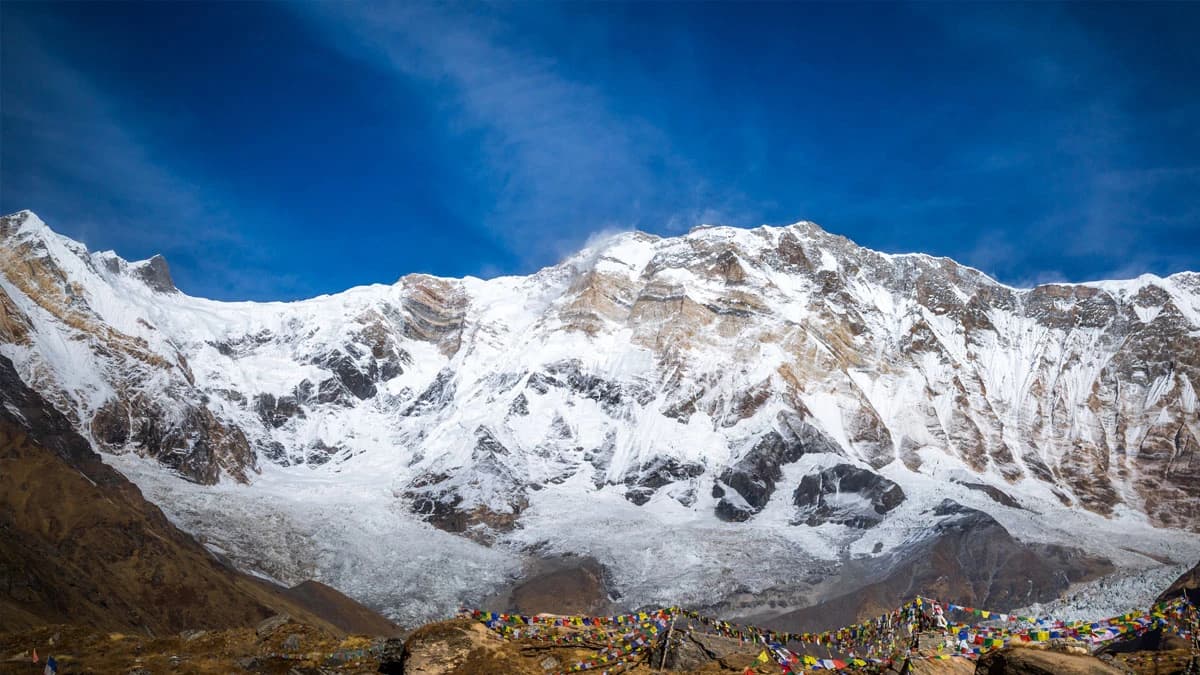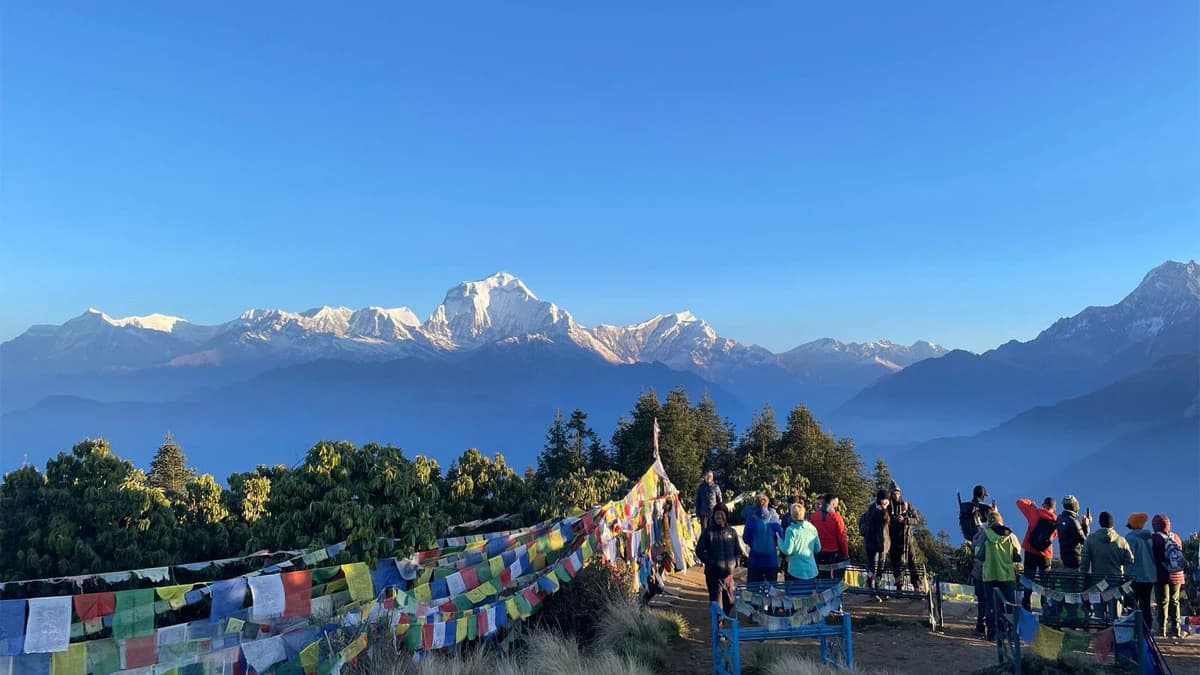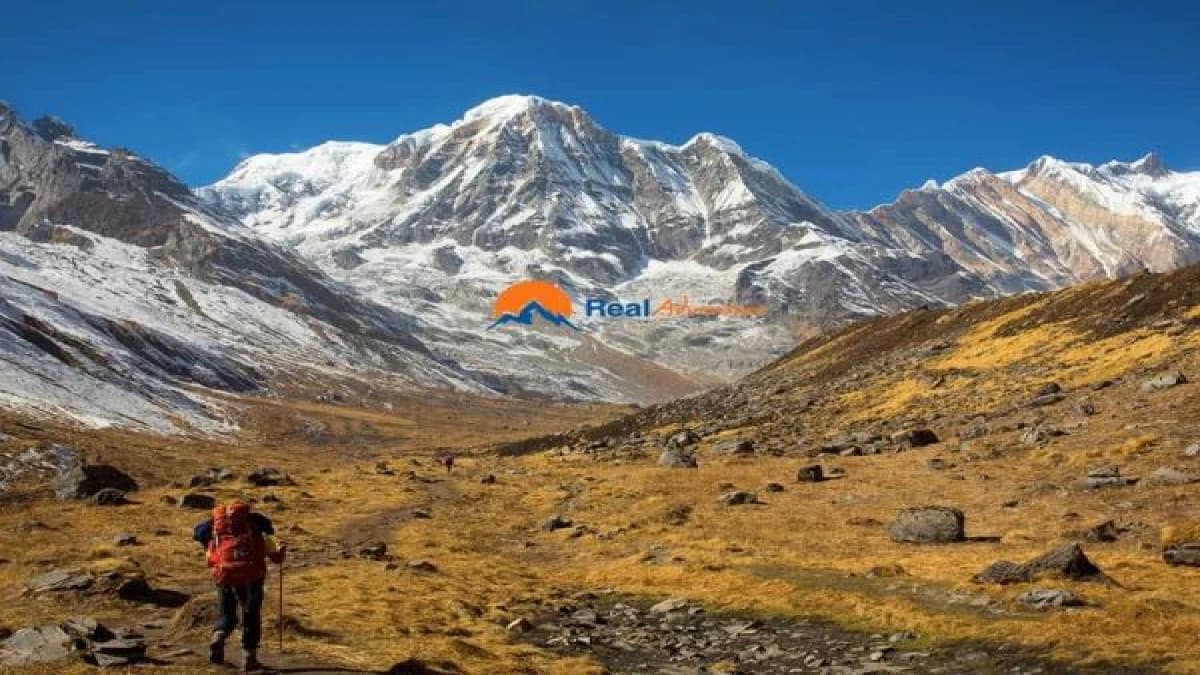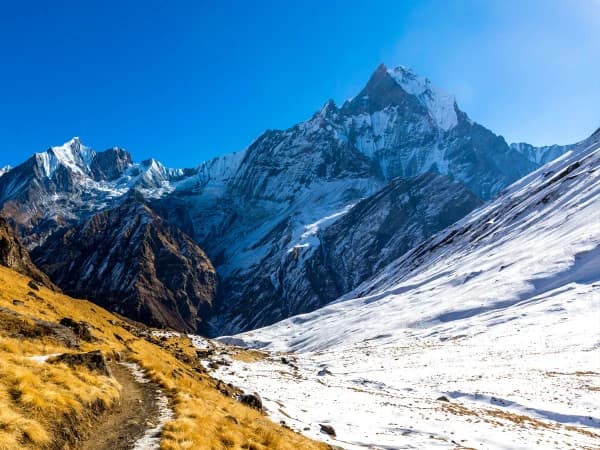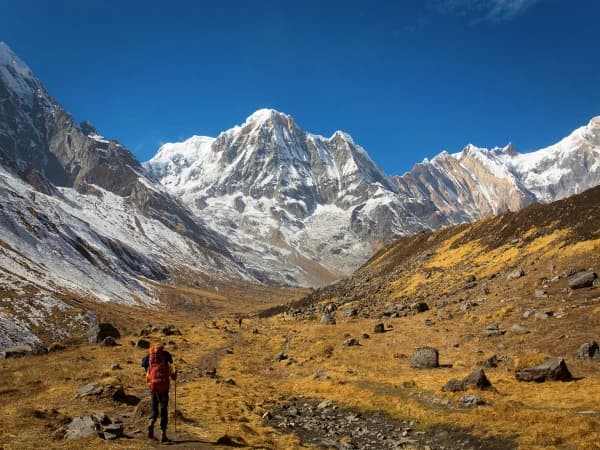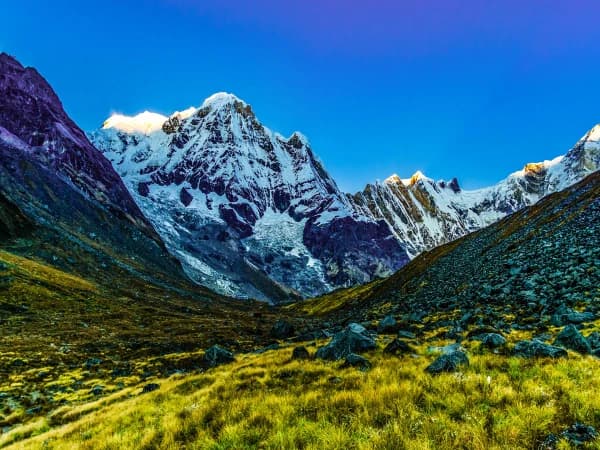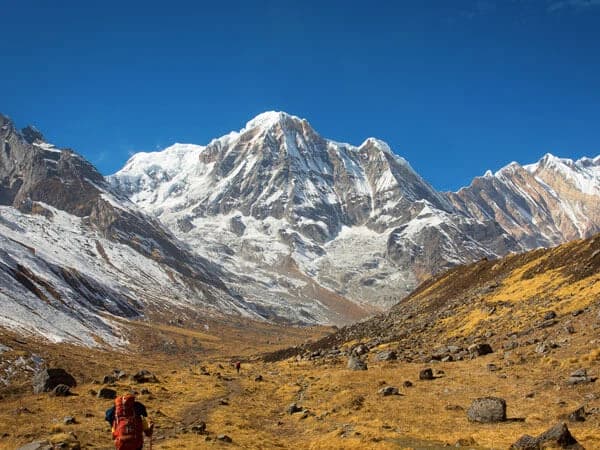Annapurna Base Camp Short Trek – 8 Days of Himalayan Adventure and Culture
The Annapurna Base Camp short trek is the most requested trek from people who are short on time but want to visit and experience the Himalayas of Nepal. The Annapurna Basae Camp Short 8 day trek that our company offers is the best blend of nature, tradition and time. This trek allows you to explore the stunning Annapurna region without any actual hard trekking. This makes it the perfect trek for most people.
This trek can be started from both Kathmandu and Pokhara. The ABC trek is created for people who want to experience the thrill of high altitude trekking within a week. The difficulty is moderate as some parts are very easy while some may be slightly challenging. This makes it the best trek for both beginners and seasoned trekkers. Compared to the Everest Base Camp Trek or any other trek this trek is more accessible and comparatively easier making it a good trek to introduce you to the trekking scene of Nepal.
As your journey continues you will travel through Rhododendron forests, walk in suspension bridges and pass through lovely and cozy Gurung and Magar villages. The Rhododendron Forests are special as it is the national flower of Nepal. As you trek through the trails you will slowly get closer to the Annapurna Base Camp, from here you will be beneath the peaks of Annapurna I (8,091m), Machapuchare (Fishtail), Hiunchuli, and Annapurna South. These are some of the world's highest and most beautiful peaks.
The 8 day trekking experience in Nepal is not just a trekking adventure but an experience of soaking in the rich culture, traditions and the beauty of the Himalayas. This is the trek that will take your mind off the bustling cities that you live in everyday and take you to a place where your body can heal and experience true rest. Here you will have a chance to talk to the locals, enjoy the traditional cuisine and learn a lot about the cultures history and spiritual significance. The hospitality and warmth of the people is also unlike something that you will ever experience in your life.
This trek is very accessible from both Pokhara and Kathmandu. The transportation and the flexible itinerary makes the Annapurna Base Camp trek a favourite among the trekkers. Hiring private vehicles or using public buses are the most used options. Our company provides professional guides and comfortable teahouse accommodations which makes your trek safe and enjoyable at the same time.
This trek is especially beautiful as in less than a week of trekking you will be beneath some of the worlds greatest mountains, just standing there will make you realize the power of the Himalayas. Each day of this trek will be mesmerizing, going through the villages and the beautiful landscapes will give you an awe inspiring experience. So if you are short on time but want a trekking adventure like no other, this is the perfect and most recommended trek for you.
You can book your 8 day Annapurna Base Camp trek with us as we offer the safest, most experienced guides and the most enjoyable trekking experience than any other company. Trek today and explore the beauty of the mountains on one of Nepal's most iconic trekking adventures.
Highlights of Annapurna Base Camp Short Trek - 8 Days:
The Annapurna Base Camp Short Trek is ideal for those looking to experience trekking in Nepal with limited time yet still seeking a rewarding adventure. Here are a few reasons to choose this trek:
- Breathtaking Scenery: Despite the shorter duration, the Annapurna Base Camp trek offers incredible views of Annapurna, Dhaulagiri, Machapuchare, Hiunchuli, and more. You walk through forests, rivers, and traditional villages, making every day memorable.
- Cultural Experience: The trek takes you through charming Gurung and Magar villages, where you’ll experience the unique Himalayan culture and warm hospitality.
- Moderate Difficulty: With a moderate trekking grade, it's suitable for both experienced and beginners in good physical shape.
- Flexible Itinerary: The short duration of the trek allows for flexibility in your travel plans. Whether you have a busy schedule or want to combine this trek with other activities in Nepal, it fits perfectly into a limited timeframe without missing out on the iconic Annapurna experience.
- Varied Landscapes: One of the trek's highlights is the ever-changing landscape. You’ll trek through dense rhododendron forests, terraced farmlands, bamboo groves, and alpine meadows, surrounded by towering snow-capped peaks.


